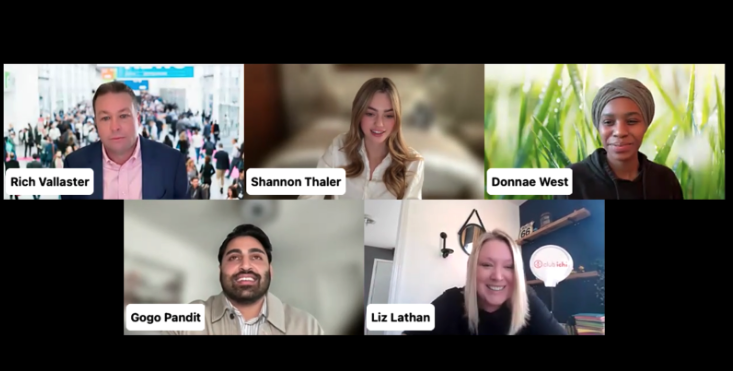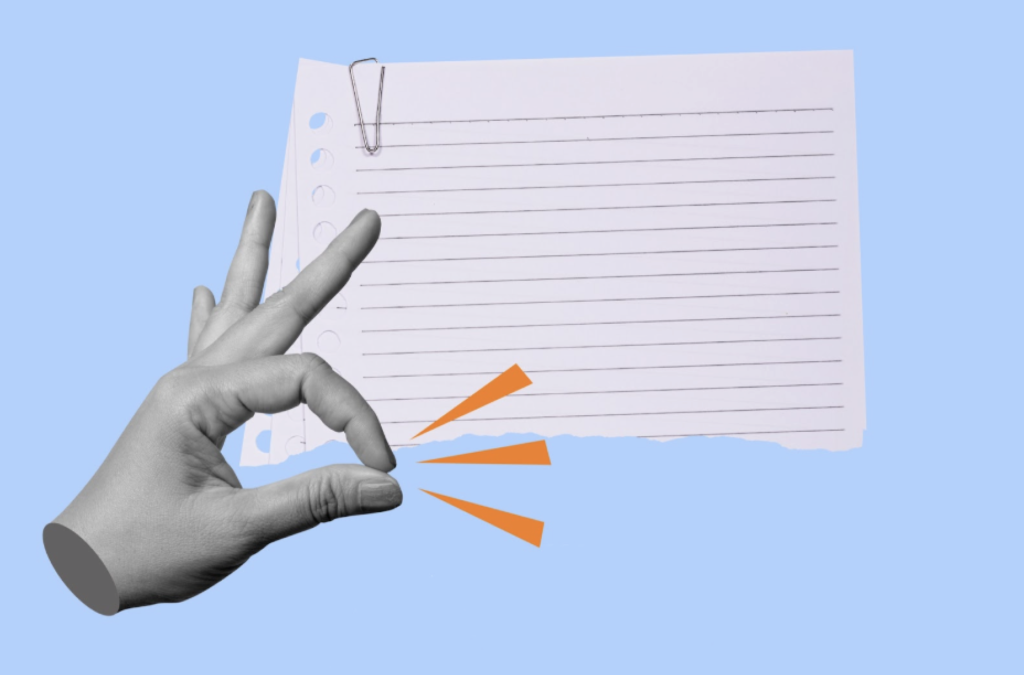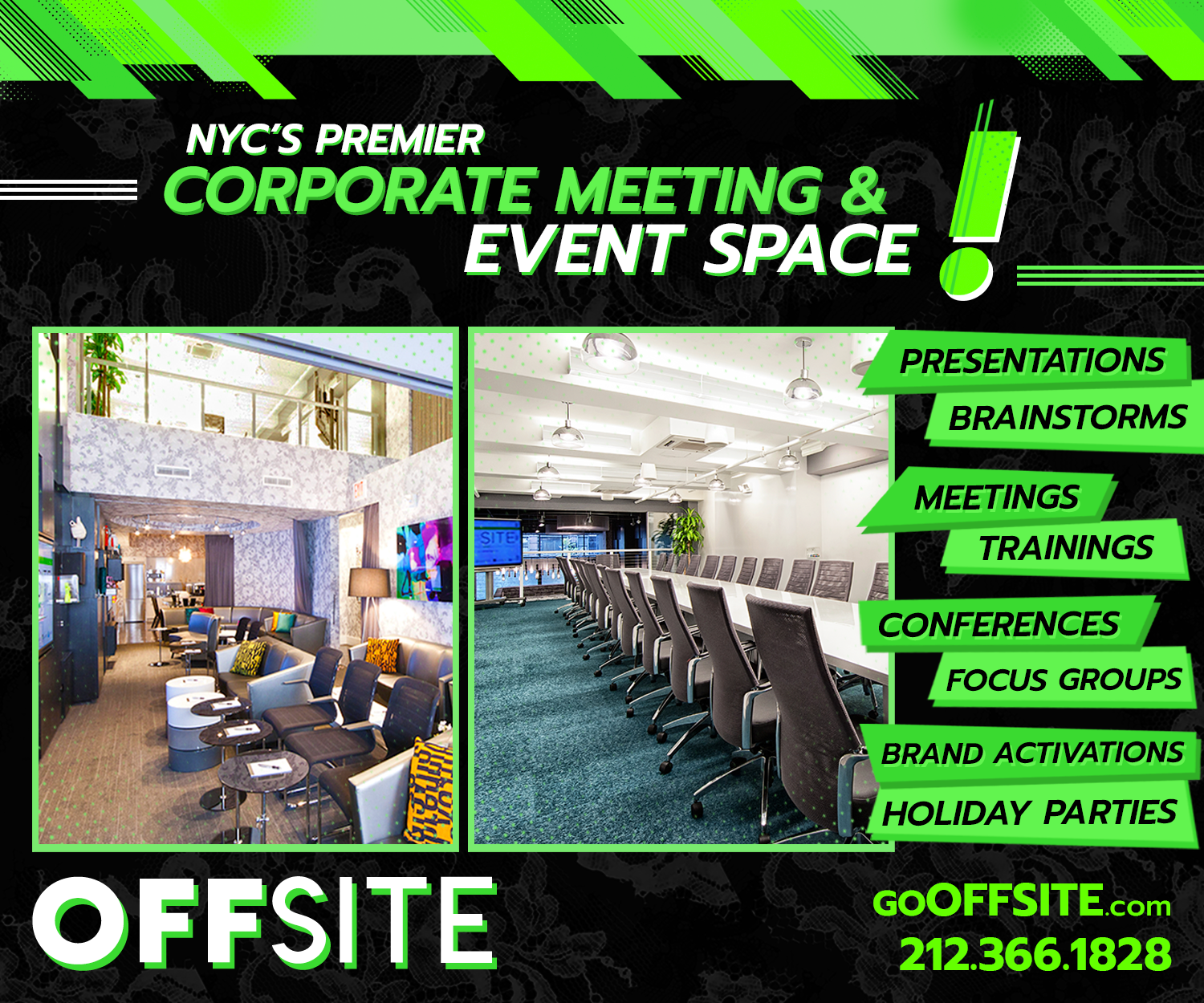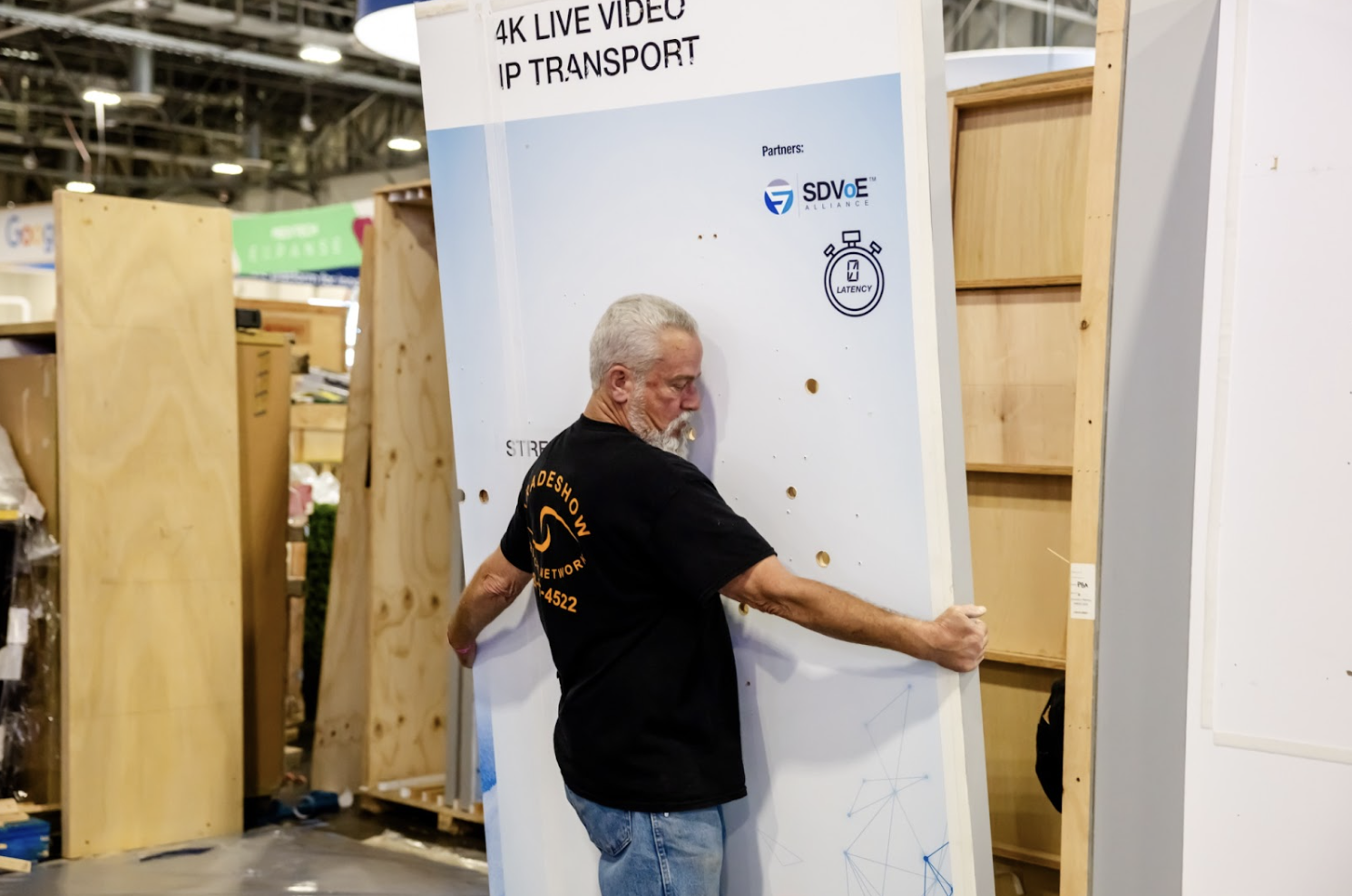Murphy’s law can level the plans of the most organized event marketer, as four experts demonstrated in a session about the importance of starting from scratch.
Flexibility was the main theme of Vendelux’s first-ever webinar, The Art of Future-Proofing Your Event, on Wednesday afternoon.
“I know we’re all so sick of hearing ‘post-pandemic,’ but if we learned anything coming out of that, it’s the importance of resilience in event planning, or ‘future-proofing’ as we’re calling it today,” said Vendelux Editorial Lead Shannon Thaler.
Thaler was joined by Liz Lathan, a 20-year events veteran and the founder of the professional community Club Ichi; Rich Vallaster III, a board member at the International Association of Exhibitions and Events (IAEE) and the director of industry relations and community engagement at Personify; Gogo Pandit, senior business development manager at influencer marketing firm The Digital Dept.; and Vendelux’s own customer success manager, Donnae West.
The conversation flowed as Thaler guided them through a round of prompts, punctuated by impromptu questions from the audience.
Below are the key points discussed in the hour-long chat:

Plan to Ditch the Plan
One thing every speaker could agree on is the importance of adaptability.
But you can’t change your plans on a whim without top-tier trust and communication.
Lathan recounted a story from 2012, when she hosted Bill Clinton as a speaker at a conference she helped organize. The former president was more than an hour late, but Lathan had already future-proofed her event by breaking the schedule into smaller parts.
“We had switched it up to have keynote, break, expo time, lunch, so that if he was gonna be late within that four or five-hour window, we weren’t affecting any other content and thousands of other breakout speakers,” she said.
“We had the communication plan in play,” she said. “We had the fliers, all you had to do was put in the time that everything was changing to, get them printed and have our staff out ready. Everyone was on the walkie-talkie.”
West added that flexibility extends to the way companies plan their overall strategies.
As someone who works directly with event marketers, West is keen on making sure they know what they want out of their events, so she can help tailor their schedule to their goals.
“We need teams that are flexible and that are able to understand what their organization’s goals are at a high level,” she said. “What, as an organization, are you guys trying to do? Are we launching a new product? Are we going into a new industry? Is this more about brand awareness? What is the overall goal for the next year or couple of years?”
To that end, communication and “cross-functional collaboration” matter more than anything, she said. If the teams aren’t communicating, “we need to fix that.”

Give Them an Experience
West is seeing a lot of mourning over the loss of live experiences, partially due to anxiety about the economy.
“We’re noticing that people are disappointed. They’re talking about it. That’s definitely something that people are looking for right now, is what cool, awesome things are you doing, whether you are a sponsor at the event or you’re the event itself,” she said.
Pandit added that experiential marketing can begin well before you walk behind your booth.
“How can we create the magic before and after?” he asked. “Most people already know what the event’s gonna be…We’re just human beings who want to feel something.”
Vallaster agreed on focusing on the before and after, but Lathan pushed back.
“We all say, ‘We want to meet people before the event,’ but we don’t,” Lathan said. “We’re too busy! We’re not gonna read the ‘know before you go,’ we’re not gonna open your stupid app and we’re not gonna do anything before we get on the plane to go to the event, so what are those things we can do to make it feel like you belong to something, without putting the pressure of having to meet them first, so that you can create that community on site?”
Lathan stressed the importance of building the “tribe” at the event and keeping the relationships going afterwards. One example that came up was telling people to show up at a happy hour with a strange object. For example, a rubber chicken.
She further explained, “And everyone’s like, ‘Wait, what? Did you bring a rubber chicken? A big one, or a little one? What does that mean?’”
Incentivize People the Right Way
When it comes to making sure your prospective clients are happy, a little help getting there goes a long way.
“I’m team Uber code all the way,” Thaler said. “It makes you feel really special, like the person organizing the event thought of you and your comfort.”
Pandit used Google as an example of a company that takes care of everything so their employees are free to collaborate.
“They really do a good job at making sure all you really think about is work, because every other thing is taken care of: food, gym, childcare. If you can utilize that concept with an event, if I can just walk into an event and feel fabulous even after a full day of work, why wouldn’t I go to that?” he asked.
In that vein, companies should consider ways to support their guests in the form of childcare, transportation and other everyday needs.
After that, focus on a way to provide an out-of-the-box experience.
“What’s that weird thing you could do?” Lathan asked.
AI Can’t Replace You
There’s much hope and fear about AI in the events industry, but every speaker could agree on the fact that technology will never replace the comfort of human-to-human connection.
“My friend Paul Tramonte said this when I interviewed him on my podcast and I just can’t shake it, and it is that AI and technology can replace service, but it can’t replace hospitality, and that’s what we are here for and we really have to lean into that,” she said. “It’s the welcome and it’s the continued conversations and it’s the real life, in-person hugs.”
AI is not yet good enough to handle obstacles on the spot. This is where it all comes back to creativity, flexibility and communication, things AI hasn’t mastered quite yet
“Rigging is expensive,” Vallaster said. “I find that a lot of people, if they talk to the convention center they’ll realize that they love that center aisle, but if they moved it 10 feet to the right, rigging would be a thousand times cheaper. You have to sometimes match your budget with creativity.”
This is where real humans come in handy. Lathan recalled a conference she hosted in the Caribbean.
“During the day, we could leverage the palace we’re in,” Lathan said. “Why sit inside a ballroom? Like, let’s go get behind the scenes with the aquarium and go learn how the dolphin trainers do their dolphin thing, because we flew them to the Bahamas for God’s sake!”




